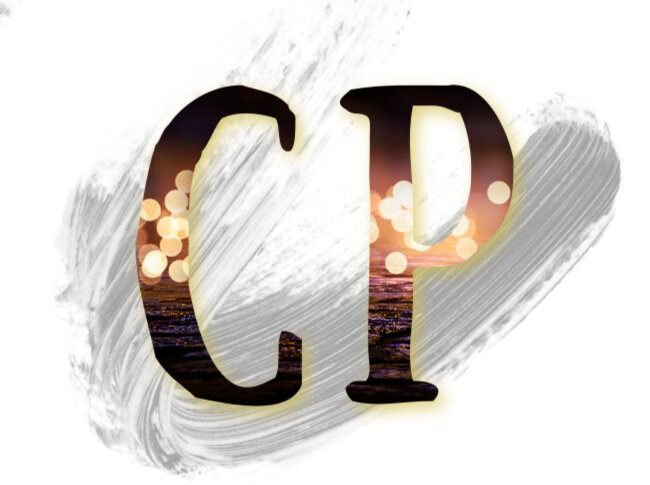The Apple Tree
The Apple TreeThe latest performance at Studio 54 is called The Apple Tree, but it might as well be titled, The Many Talents of Kristin Chenoweth. Yes, there are two other actors who are given star billing, and yes, they are fantastic onstage, but it is the tiny blonde actress who is the (petite) body and soul of this performance.A three-act show based on three different stories, The Apple Tree, tells the story of Adam and Eve, a princess and a warrior and a chimneysweep/movie star and musician. The stories, linked by the theme of temptation, are performed by the same trio of leads – Chenoweth, Bryan D’Arcy James and Marc Kudisch.The first act, based on Mark Twain’s The Diary of Adam and Eve, gives a comical touch to the Biblical tale, staging it more as a battle of male v. female than good v. evil. Living in the Garden of Eden, Adam and Eve are bewildered by and afraid of each other at first, but soon set up a home together. It is the domestic squabbles that entertain the most; in one comically brilliant scene, the audience is able to see the origins of the wife asking the husband to mow the lawn.D’Arcy James plays Adam as a stoic, masculine man – at first he prefers solitude to company and to work alone rather than accept help. Chenoweth’s Eve is the exact opposite – a blithe chatterbox, she notices everything and delights in almost as much. Her fresh-faced innocence and bubbly joy is infectious; it is difficult not to smile when she is onstage. Joining them in the starring trio is Marc Kudisch, who plays the Snake to the duo’s Adam and Eve. His slithering, seductive rendition of “Forbidden Fruit” is one of the many highlights of the first half of the show.But, of course, it is Chenoweth who dominates the stage. As Eve, Chenoweth’s skill as a physical actress is utilized; even when she does not speak, she is able to elicit laughs from the audience. She is truly luminous. But as she thrives in the childish antics of Eve, is apparent that she is capable of more. It is when she plays the aged Eve, a woman with a husband and grown children, that she truly shows her talents as an actress. Simply sitting in a rocking chair, as she contentedly and quietly sings, “What Makes Me Love Him?” she displays more depth and quality in five minutes than she does in the other 2 hours of the show.Much of what she is doing onstage is trademark Chenoweth, but during the moments that she is truly pushing herself, the change is startling. In “The Lady and the Tiger,” she and D’Arcy James give a campy, comedic performance as doomed lovers in a royal court. And in the third story, titled “Passionella,” she plays Ella, a chimney sweep that is magically transformed into a beautiful movie star at night. Her tiny frame swathed in dirty clothes, and her blonde hair tucked into a short brown wig, she sings off-key and fumbles with dance moves as she tells the audience of her longing for fame and fortune. The transformation is remarkable. There is nothing quite so delightful in theater as watching a good actress play a bad one. When she is made over into a blonde sexpot actress, very similar to Marilyn Monroe, and belts out the octave-soaring, “I’m Gorgeous,” it is even more so.However, it would be unjust to not to credit the solid performances put forth by her co-stars, James and Kudisch. James plays Adam in the first act, the knight Sanjar in the second, and the rock star Flip in the third. While the role of Adam gives him the most to work with, he does what he can with the part of the brute, yet romantic, Sanjar, and his spot-on imitation of a certain well-known British rocker in the third act is simply side-splitting. Kudisch also covers a wide range, playing the snake in the Garden of Eden, playing the balladeer and the lion tamer in story of Princess Barbara and narrating the third act with a touch of irony. The trio shares the stage well, but Chenoweth, perhaps unintentionally, steals the spotlight whenever she is present.The theme that loosely unites these three tales is temptation – of knowledge, of love, of fame and money – and what people will do to succumb or resist. Adam and Eve drive act one, while jealousy is the theme of act two. Truth and beauty and the impression of both fill act three, as well as greed for fame, money and love. However, attempting to unite these acts is pointless; looking at them as separate tales, performed by truly exceptional actors, makes them much more enjoyable, right up to Chenoweth’s foot pop at the kiss of true love at the very happy ending. And a happy ending it is, for both the characters and the audience.
